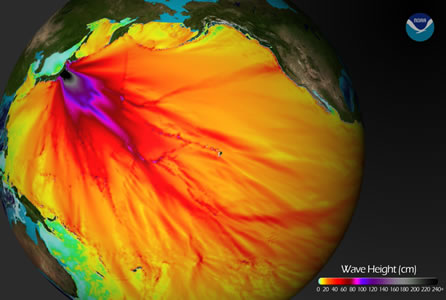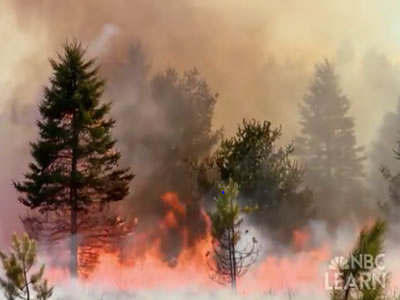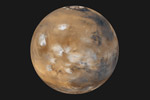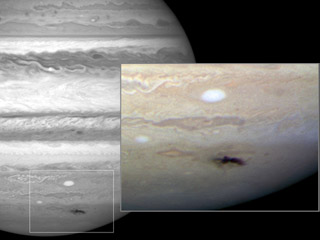
Scientists are concerned that melting Arctic sea ice will increase the amount of fresh water in the Beaufort Gyre, which could spill out into the Atlantic and cause major climate shifts in North America and Western Europe. Watch the Changing Planet: Fresh Water in the Arctic video.
Courtesy of Jack Cook, WHOI (Woods Hole Oceanographic Institute)
Please log in
Science Blogs
Real Climate: climate science from climate scientists

Windows to the Universe, a project of the National Earth Science Teachers Association, is sponsored in part is sponsored in part through grants from federal agencies (NASA and NOAA), and partnerships with affiliated organizations, including the American Geophysical Union, the Howard Hughes Medical Institute, the Earth System Information Partnership, the American Meteorological Society, the National Center for Science Education, and TERC. The American Geophysical Union and the American Geosciences Institute are Windows to the Universe Founding Partners. NESTA welcomes new Institutional Affiliates in support of our ongoing programs, as well as collaborations on new projects. Contact NESTA for more information.
















